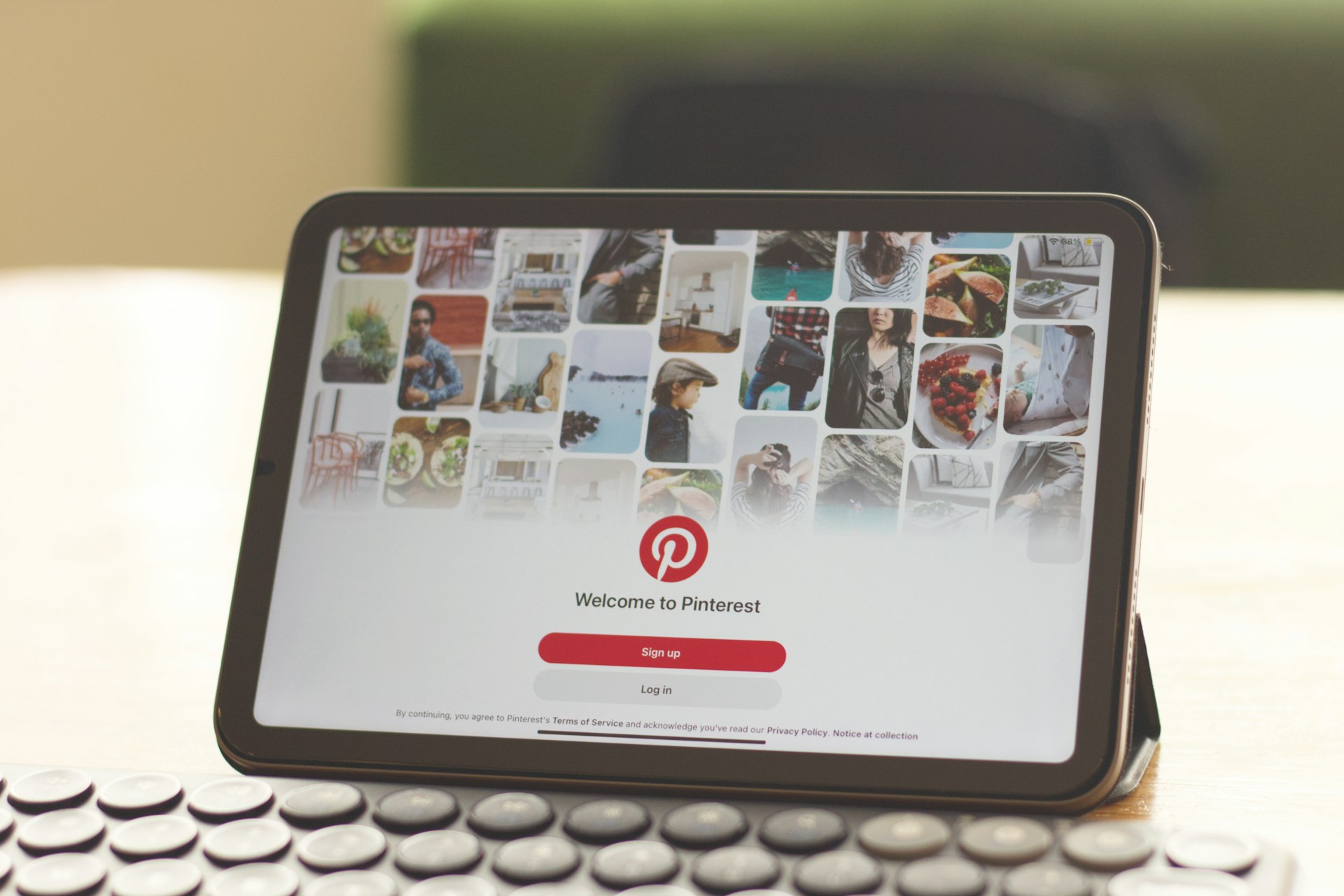
Scaling a business effectively requires a multi-faceted approach, and digital advertising plays a crucial role in this process. With the right strategies, we can reach a broader audience, improve conversion rates, and achieve significant growth. This article delves into advanced techniques for leveraging digital advertising to scale our business successfully.
Best Practices for Facebook and Google Ads
To maximize the effectiveness of our digital advertising campaigns, we need to follow best practices for each platform. On Facebook, it’s important to utilize custom audiences and lookalike audiences to target users who are most likely to engage with our content. Crafting visually appealing ads and incorporating compelling call-to-actions can drive higher engagement rates. Additionally, leveraging Facebook’s retargeting capabilities ensures that we keep potential customers engaged throughout their buyer journey.
For Google Ads, keyword research is paramount. By selecting the right keywords, we can ensure our ads appear in relevant searches, increasing the chances of conversion. Utilizing negative keywords can help us avoid irrelevant traffic and optimize our ad spend. Ad extensions, such as sitelinks and callouts, can enhance the visibility and attractiveness of our ads, leading to better performance and higher click-through rates.
Effective Pinterest and TikTok Campaigns
Pinterest and TikTok offer unique opportunities to engage specific audiences with tailored content. Pinterest is ideal for visually-driven content and is especially effective for promoting products and ideas. Creating eye-catching pins and using relevant keywords in descriptions can increase the chances of content being discovered. Pinterest’s shopping ads are also a great way to drive direct sales.
On TikTok, the key is to create authentic and engaging video content. TikTok ads should feel native to the platform and resonate with the target audience’s interests. Partnering with popular creators and utilizing trending hashtags can amplify our reach. Additionally, experimenting with different ad formats like in-feed ads, branded effects, and hashtag challenges can help us find the most effective approach for our campaigns.
Integrating Campaigns Across Platforms
An integrated approach across multiple platforms ensures a cohesive message and maximizes reach. We should align our messaging and visuals across Facebook, Google, Pinterest, and TikTok to create a seamless brand experience. This consistency strengthens our brand identity and reinforces our message.
Using tools that allow for cross-platform analytics can help us monitor performance and make informed adjustments. By tracking how users interact with our ads on different platforms, we can identify which strategies work best. This data-driven approach enables us to refine our campaigns and allocate budget more effectively.
Using Analytics to Inform Decisions
Data-driven decisions are crucial for optimizing our advertising efforts. Utilizing analytics tools helps us understand how our campaigns are performing and where we can improve. Platforms like Google Analytics and Facebook Insights provide detailed reports on user behavior, engagement metrics, and conversion rates.
By analyzing this data, we can identify trends and patterns that inform our strategy. For instance, if a particular ad set performs well with a certain demographic, we can allocate more budget to target that audience. Additionally, understanding the times when our audience is most active can help us schedule our ads for maximum impact.
A/B Testing for Optimal Results
A/B testing is an effective way to determine which elements of our ads resonate best with our audience. By creating multiple versions of an ad with slight variations, we can compare performance and identify the most effective elements. Variables such as headlines, images, call-to-actions, and ad copy can all be tested.
Running A/B tests allows us to optimize our ads continuously. For example, if one version of a Facebook ad generates more clicks than another, we can implement those successful elements across other ads. This iterative approach ensures that our campaigns are always improving and yielding better results.
Understanding Key Metrics and KPIs
Key Performance Indicators (KPIs) are essential for measuring the success of our digital advertising campaigns. Metrics such as Click-Through Rate (CTR), Conversion Rate, Cost Per Acquisition (CPA), and Return on Ad Spend (ROAS) provide insights into the effectiveness of our ads.
Tracking these metrics helps us understand what drives engagement and conversions. High CTRs indicate successful ad placements and targeting, while low CPAs suggest cost-effective advertising. By closely monitoring these KPIs, we can make data-driven decisions to optimize our strategy, improve performance, and achieve our business objectives.
Take your digital advertising to the next level. Contact The Social Rook today to elevate your business with advanced strategies!
Combining Online Ads with Print and Radio
Blending digital advertising with traditional media like print and radio can enhance our reach and brand recognition. Print ads in magazines and newspapers provide a tangible touchpoint for our audience. These ads can drive traffic to our website or social media profiles, creating a bridge between offline and online engagement.
Radio ads serve as an effective medium to reach local audiences and drive immediate response. We can complement our radio campaigns with digital promotions by encouraging listeners to visit our website for more information or special offers. Combining these strategies ensures that our message reaches a wider audience, reinforcing our brand across multiple channels.
Utilizing TV for Brand Awareness
Television remains a powerful medium for building brand awareness. TV commercials create a high-impact connection with viewers, making our brand memorable. We can extend the influence of our TV ad campaigns by aligning them with our digital advertising efforts.
Integrating a call-to-action that directs viewers to our website or social media pages provides an interactive element to TV campaigns. Using data from digital platforms, we can further target specific audiences with TV ads, ensuring our message reaches the most relevant viewers. This approach amplifies our brand presence and drives more traffic to our online channels.
The Benefits of a Multi-Channel Approach
Employing a multi-channel approach combines the strengths of various advertising mediums, maximizing our reach and engagement. This strategy ensures that we capture our audience’s attention across different platforms and touchpoints. It also allows us to deliver a consistent brand message, reinforcing our values and offerings.
By leveraging both digital and traditional advertising, we create a cohesive and comprehensive marketing strategy. This approach not only increases brand visibility but also improves our chances of converting prospects into loyal customers. A multi-channel strategy provides the flexibility to adapt to changing audience behaviors and market trends, ensuring long-term success.
Conclusion
Scaling a business with digital advertising requires a strategic approach that leverages multiple platforms, enhances data-driven decisions, and blends traditional and digital methods. By optimizing landing pages and refining the user journey, we can significantly improve our conversion rates and ROI. Combining the strengths of various advertising channels ensures a comprehensive strategy that captures the attention of a wide audience.
Elevate your advertising strategy and scale your business effectively. Contact us at The Social Rook today to learn how we can help you achieve success with advanced digital advertising in Charlotte.


